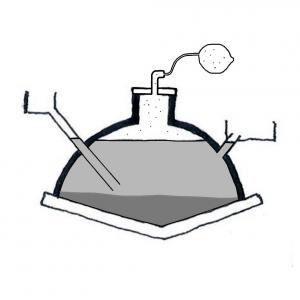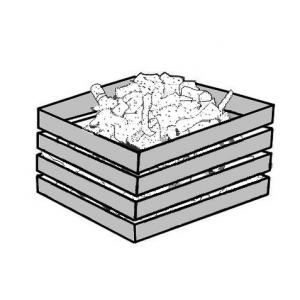


Module 4: Technology

Current wastewater treatment systems (WWTS) in Arctic regions range from use of mechanical treatment plants or passive treatment systems as waste stabilization ponds (WSPs), natural or engineered wetlands, to composting or bucket toilets and surface discharge of greywater. In many of the poorer communities human excreta/wastewater receives no treatment. ”Honey buckets” are often used for excreta collection prior to disposal directly into the receiving environment and greywater is discharged without any treatment. Melting permafrost zones add increasing vulnerability to physical structures and community based water services, which compounds problems resulting from sociological changes in the High-North. Limited information exists about WWTS in the Arctic, resulting in considerable uncertainties about the performance and environmental sustainability of existing or potentially different future systems. Discharge of wastewater into the vulnerable ecosystems in the Arctic may also require different technologies or system designs than those used in warmer climates and the high cost of infrastructure for transport of water may call for more decentralized systems.
To better understand trade-offs with alternative options for water supply and wastewater handling in the Arctic, tools for systems analyses will be described (based on life-cycle assessments), along with ones specifically addressing pathogen risks. For the latter, quantitative microbial risk assessment is now used by agencies like WHO and U.S. EPA to establish treatment requirements and inform management strategies, as used in water and sanitation safety plans. The rationale for these tools will be covered, along with application and how they can inform WASH decisions for circumpolar communities.
- Hardware
- Software






